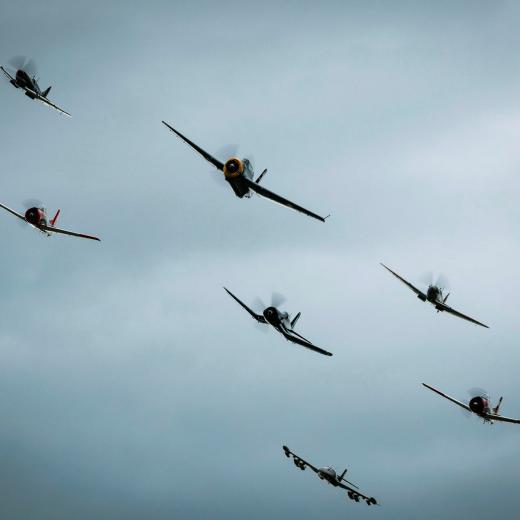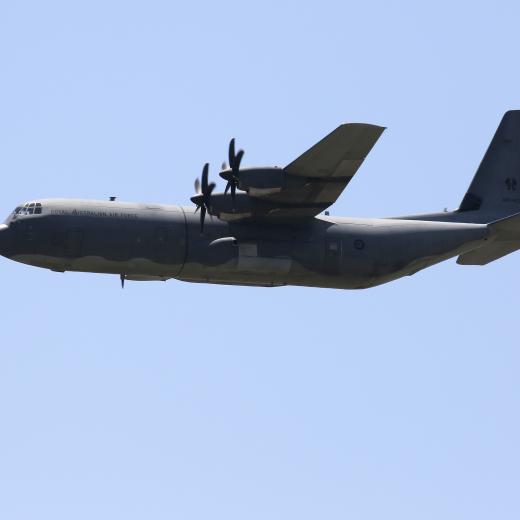BLUF
The Soviet’s airpower was a major factor in defeating Nazi Germany in the Battle of Kursk during WW2.Summary
This article makes the following points:
- The Germans possessed Junkers Ju 87 Stukas, Junkers Ju 88, Focke Wulf Fw 190, Messerschmitt Bf 109 G and Heinkel He 111 medium bombers.
- The Soviets had YakovevYak 9, La5-Lavochkins, Ilyushin Il-2, Sturmovik dive bombers and Petlyakov Pe-2s.
- Both German and Soviet aircraft flew combat missions controlled by ground liaison officers.
- Soviet pilots had trained in combat manoeuvres and methods of attacking small, mobile targets.
- German pilots had years of aerial combat experience.
- The Soviet Air Force began attacking German air bases in April, destroying 35 vital photo-reconnaissance aircraft.
- In May, they flew 1,400 sorties, destroying 300 ammunition rail cars.
- In June, they destroyed 500 German aircraft at their bases.
- The Germans launched Operation Citadel on 5 July 1943. They were informed by British intelligence.
- The Soviets knew the tanks were coming and where they would strike.
- The Soviets launched 84 Sturmoviks to attack German fighters at their bases and began an artillery barrage.
- To counter the barrage, the Luftwaffe scrambled to bomb the gun emplacements.
- The Soviet dive bombers ran into the German fighters, and the Germans were diverted from their planned mission and had to defend their airfields.
- At the start of the battle, the Germans dominated the air, sweeping the skies clear of Soviet aircraft, attacking anti-aircraft guns and taking a terrible toll of Russian armour.
- By 7 a.m., as the Panzers advanced, swarms of Soviet fighters and attack aircraft joined the fray.
- By the end of the day, Luftwaffe pilots had shot down 250 aircraft, the Soviets 74.
- On 7 July, the Soviets changed tactics. They massed their Sturmoviks and fighter cover into formations of 30 or more stifling Panzer ground advances.
- The turning point in the air contest came on 9 July.
- Soviet fighters had decimated the Stuka ranks, the Stuka sorties dropping to 500, half of the opening day's total.
- By the end of the first week, Luftwaffe sorties began to drop off sharply due to attrition and fuel shortages. Soviet sorties increased.
- On 12 July, seeing the small gains made at Kursk—and the tremendous cost—Hitler commanded the withdrawal.
- Aircraft, tank, and personnel losses at Kursk have been subject to much dispute.
- Germany recorded the loss of 194 aircraft, 280 tanks and 56,000 casualties.
- Soviets acknowledge losing 1,130 aircraft, 1,900 tanks and 177,000 men.
- By the end of July, Operation Citadel was over, and the Soviets had gained air supremacy.
It is important to note that Kursk was a battle of Attrition; the Soviets (Russians) could replace their losses—Nazi Germany could not replace theirs. The Soviets had much greater resources than did Nazi Germany and further were not subject to the level of bombing being suffered by Nazi Germany.
References
- MILITARY HISTORY: INDEX of PAGES AND COLLECTIONS ON THE RAAF RUNWAY
- Jul 2020 Weaponsandwarfare Air Battles Kursk 1943 I
- Jan 2021 The National Interest How One Nazi Ace Destroyed More Than 500 Russian Tanks in World War II
- Apr 2021 weaponsandwarefare.com Air Support – Kursk
- Jun 2021 National Interest Russia Owes Its World War II Survival to Stalin’s Sturmovik Fighter
- Jul 2021 Hotcars These Were The Defining WW2 Aircraft Of The German Air Force




